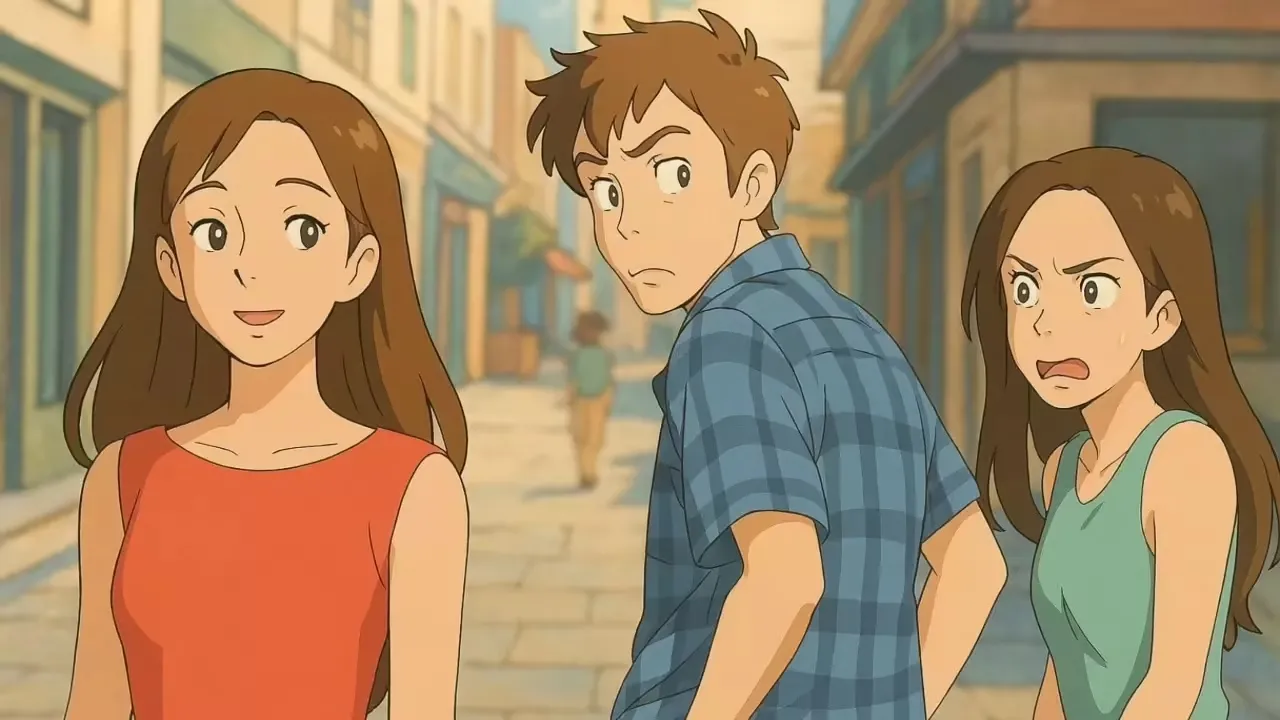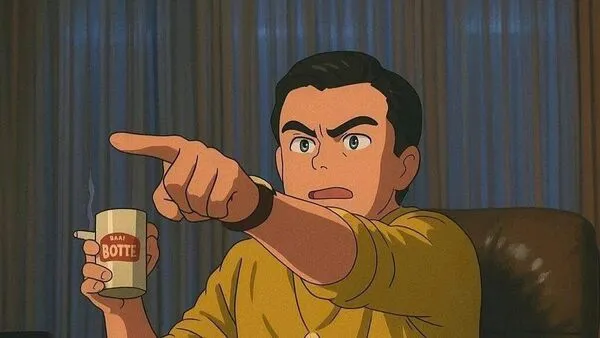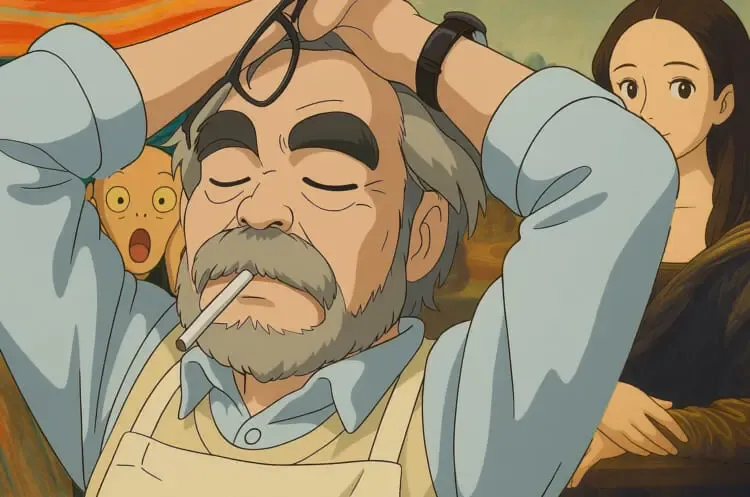Welcome to another post here in the community.
This post isn’t a standard review or anything like that today is more of a laid-back topic, but still focused on the context of the community.
There are things that just pop up on the internet out of nowhere, become an obsession within hours, and then vanish just as quickly. That’s exactly what happened with that boom of AI-generated images in the Studio Ghibli style. You’ve probably seen it around family photos transformed into scenes from Spirited Away, selfies that looked like they were taken straight out of My Neighbor Totoro, and even memes like “Mr. Incredible” and random characters turned into art worthy of being animated by Hayao Miyazaki himself.

I even shared a post about it now it's just a matter of finding where haha.
At first, I admit I thought it was all amazing, even funny at times.
It felt like AI was finally delivering something that connected with our emotional and nostalgic side. It was as if we were seeing ourselves inside those movies that marked our childhood. I saw many people getting emotional by transforming pictures of their parents, their kids, their childhood... it was beautiful to witness. But it only took a few days for that magic to lose its shine. The same speed with which the trend exploded was the speed it vanished from my feed. Nobody was talking about it anymore.
No new articles.
No controversy.
No praise, no outrage.
Just silence.
And I kept wondering: why did this craze fade so quickly?
The answer, from what I’ve observed and reflected on, might lie in the way we consume content nowadays. The internet thrives on short cycles, instant impact, disposable virality. What’s new today becomes cliché in less than a week. And with “Ghibli-fy,” that’s exactly what happened. The aesthetic that initially felt charming and full of life quickly turned repetitive, generic, even lazy. The images started looking all the same. Same pastel-toned background, same sparkly eyes, same soft filters. And the worst part? No story, no context, no soul.

Gradually, criticisms also started to appear many of them coming from artists who felt disrespected. And honestly, you can’t ignore their arguments. The visual style of Studio Ghibli is loaded with emotion, handcrafted work, narrative intent. Every scene has meaning. And AI, no matter how advanced, doesn’t understand any of that. It just mimics. It recognizes patterns and reassembles them. It doesn’t feel. And that makes all the difference.
I saw posts on forums like Reddit where fans and illustrators vented, saying it was painful to see such an emotional style reduced to a filter, an aesthetic decoration, viral content. Some communities like r/Ghibli and r/Conures even started banning AI-generated images inspired by the studio, as a way to protect the integrity of the space.
Of course, not everyone saw a problem. Many people argued that these images were just playful, a way to explore creativity using the tools we have. And that’s fair. I get that point too. I myself played around with a few of those images. But when it starts to scale up to industrial proportions, becoming a trend and replacing the work of real artists, that’s when it becomes something else. Miyazaki himself has made it very clear in past interviews that he has no sympathy for algorithm-generated art. He even said he considers this practice an "insult to life." Harsh? Maybe. But coming from someone who dedicated his life to building worlds with pencils and emotion, it’s hard not to respect it.

What’s curious is that, despite all the controversy, the topic simply disappeared. And maybe that says more than the arguments themselves. When AI only generates pretty pictures but lacks purpose, lacks story, the excitement doesn’t last. The kind of art that truly moves us is the one that carries something beyond aesthetics. It’s the one made with intention, with human flaws, with sweat and dedication. And that, so far, no AI has managed to authentically replicate.
This whole craze was a reminder of how quickly we consume and forget. Of how technology can amaze and hollow out at the same time. And most of all, of how we still need to have deeper discussions about the boundaries between innovation and respect for artistic creation. In the end, the “AI Ghibli” fad passed like a short dream.
Beautiful, sure.
But it vanished into thin air because it lacked what makes art timeless: the truth behind what is created. And maybe, without meaning to, we’ve rediscovered the value of what is made by hand, with time, with love, and with imperfections that no machine can simulate.